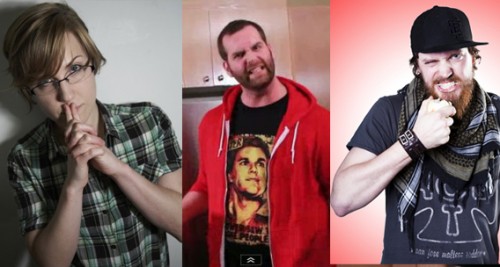Below is a three part essay I presented at the 2012 Southwest Texas Popular Culture Association meetings in Albuquerque, New Mexico on February 9th. It was presented as part of a series of panels titled “The Apocalypse in Popular Culture.” A (much) earlier version of this paper can be found on the Sociological Images sister blog.

THE ZOMBIE IN FILM: FROM HAITIAN FOLKLORE TO APOCALYPTIC ANXIETIES




